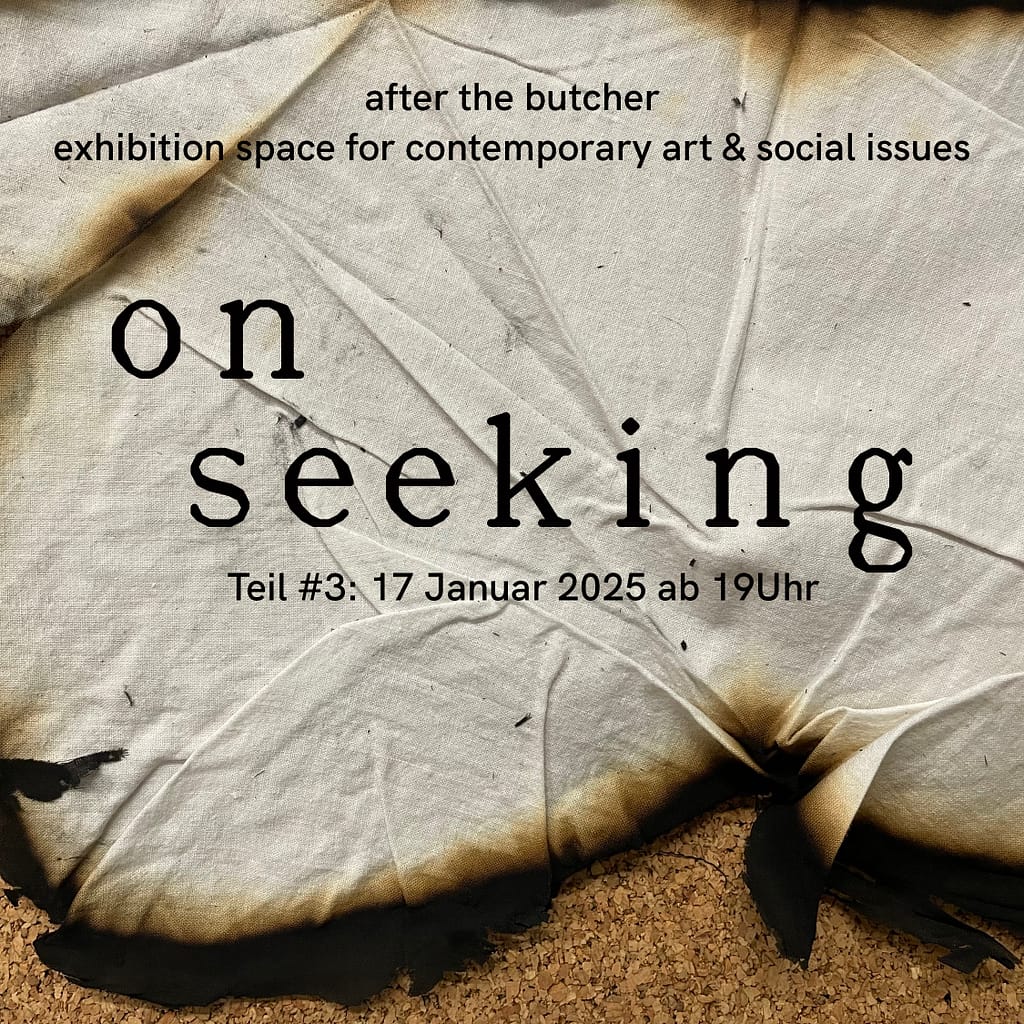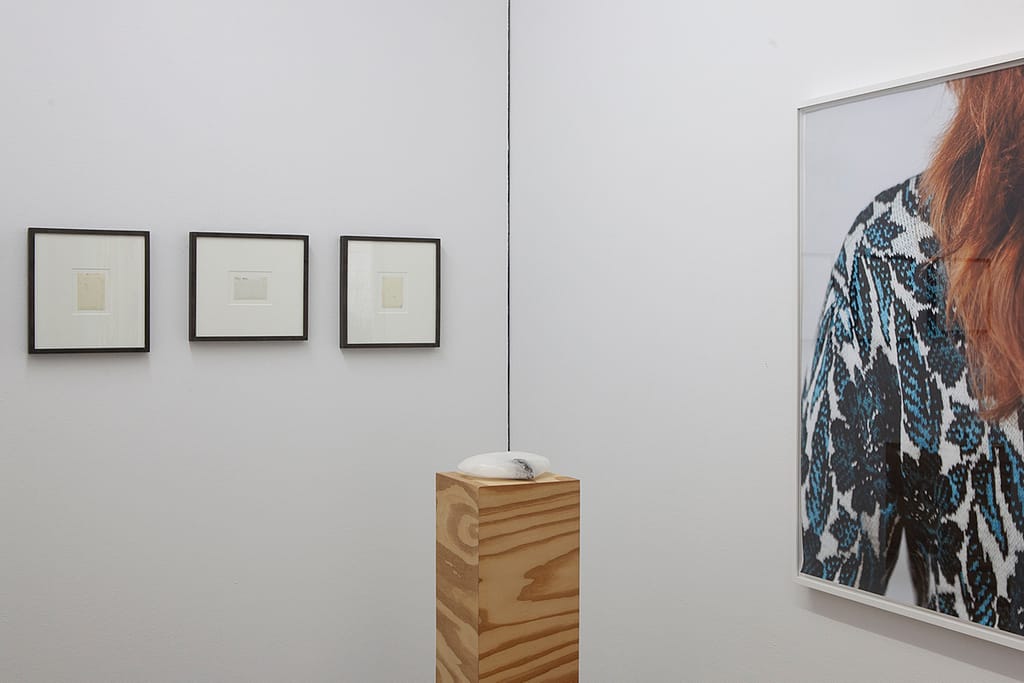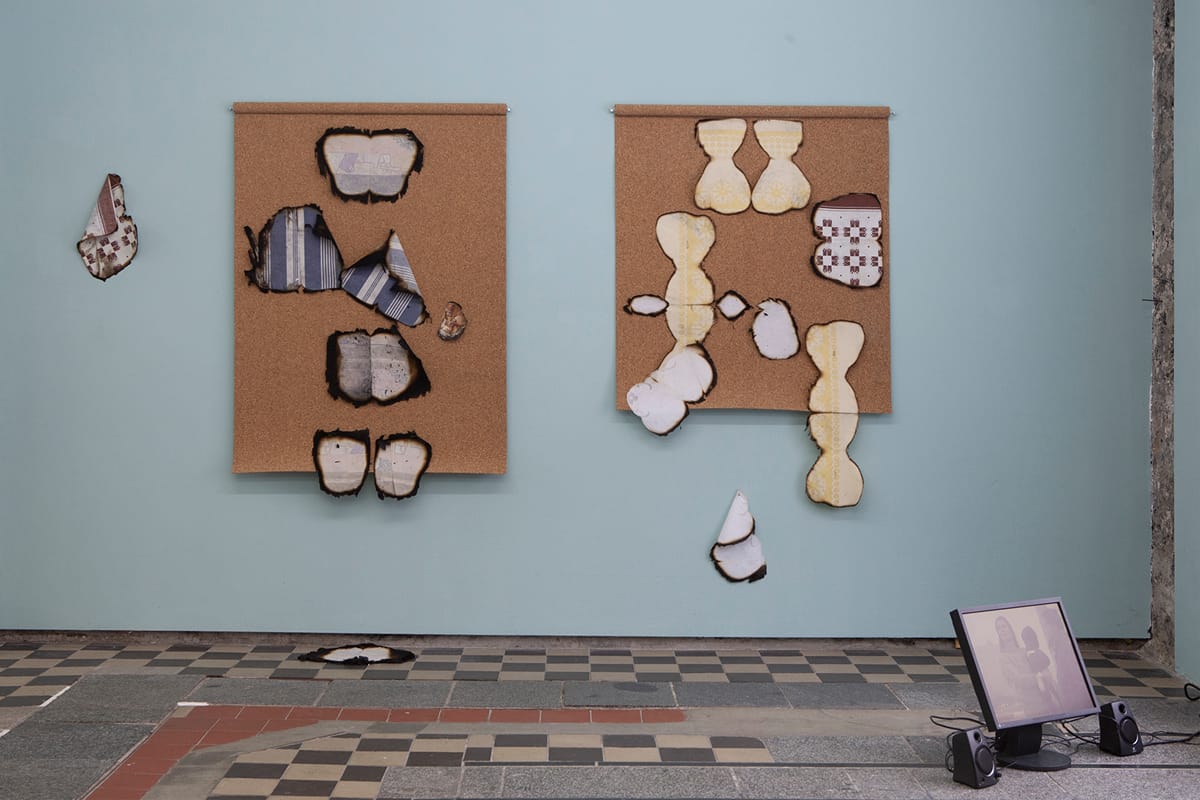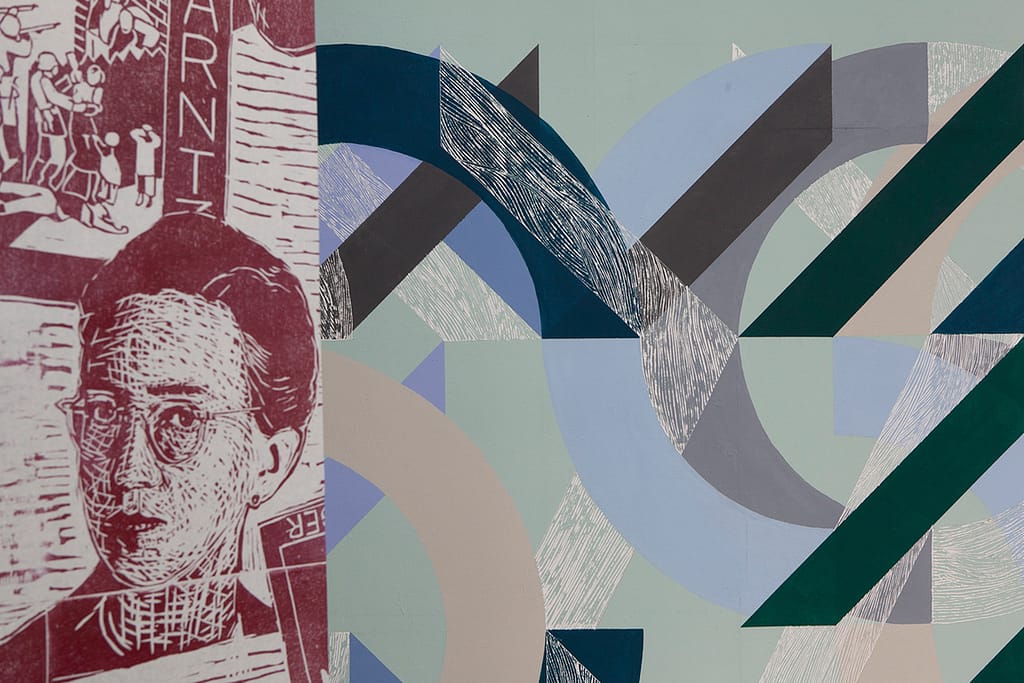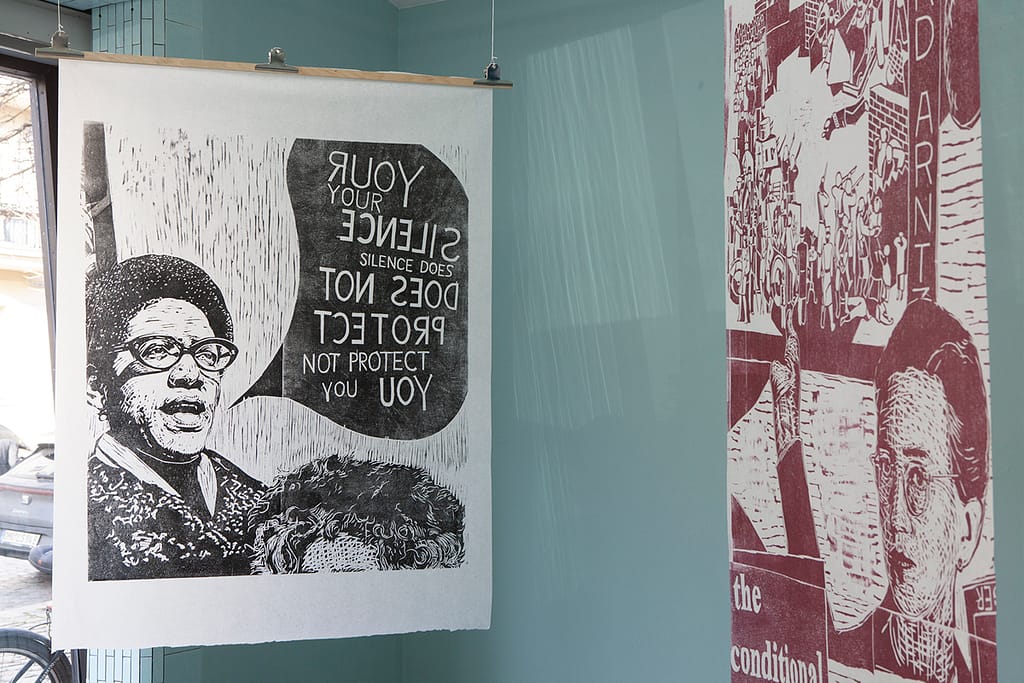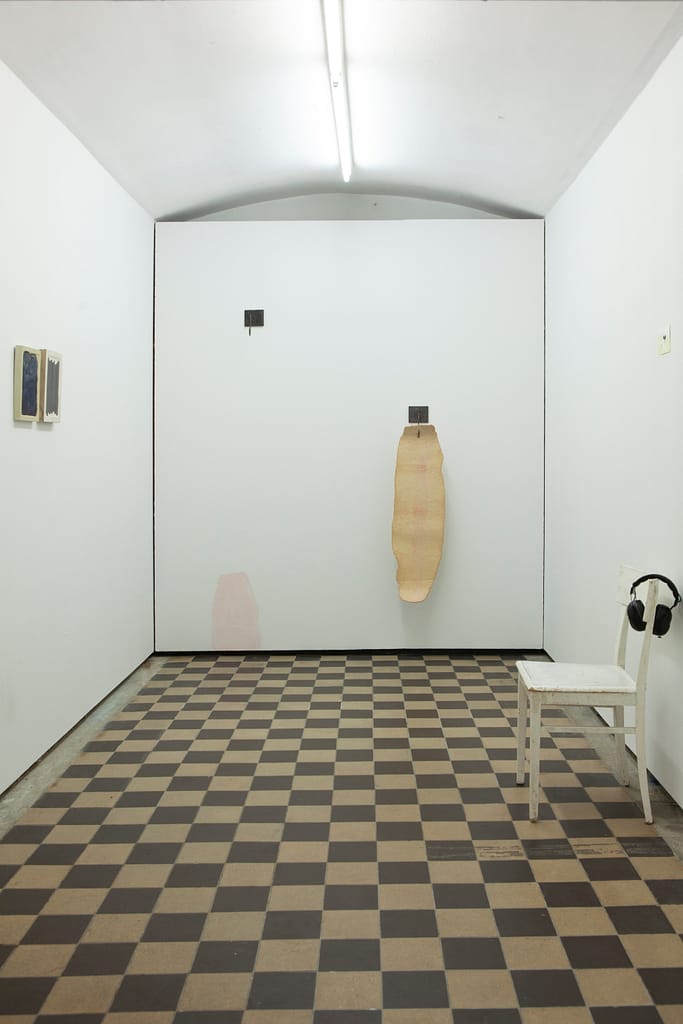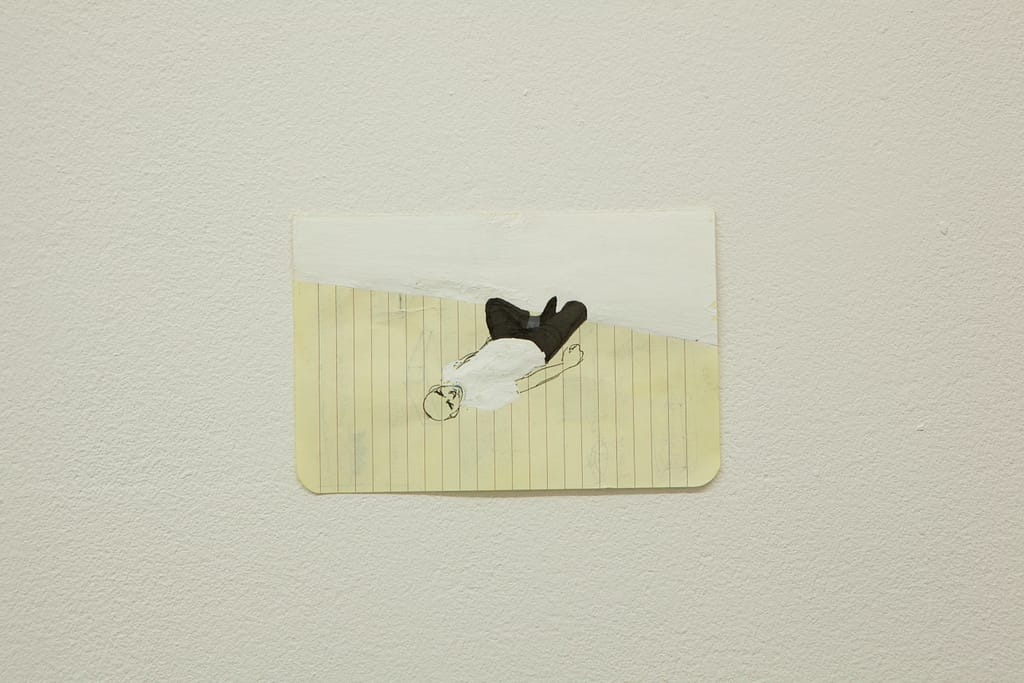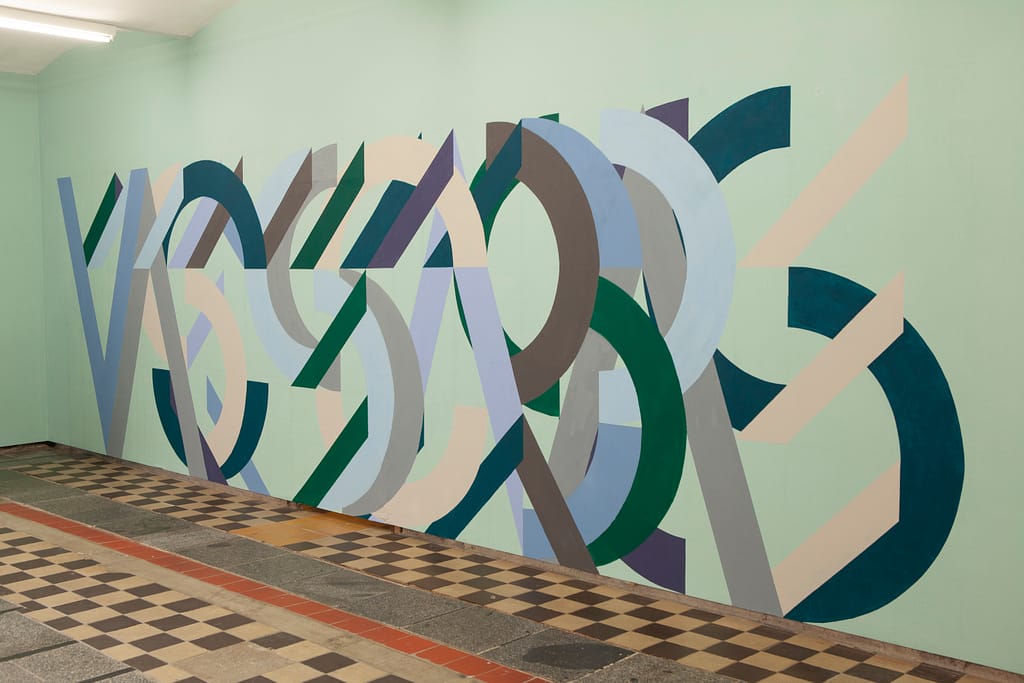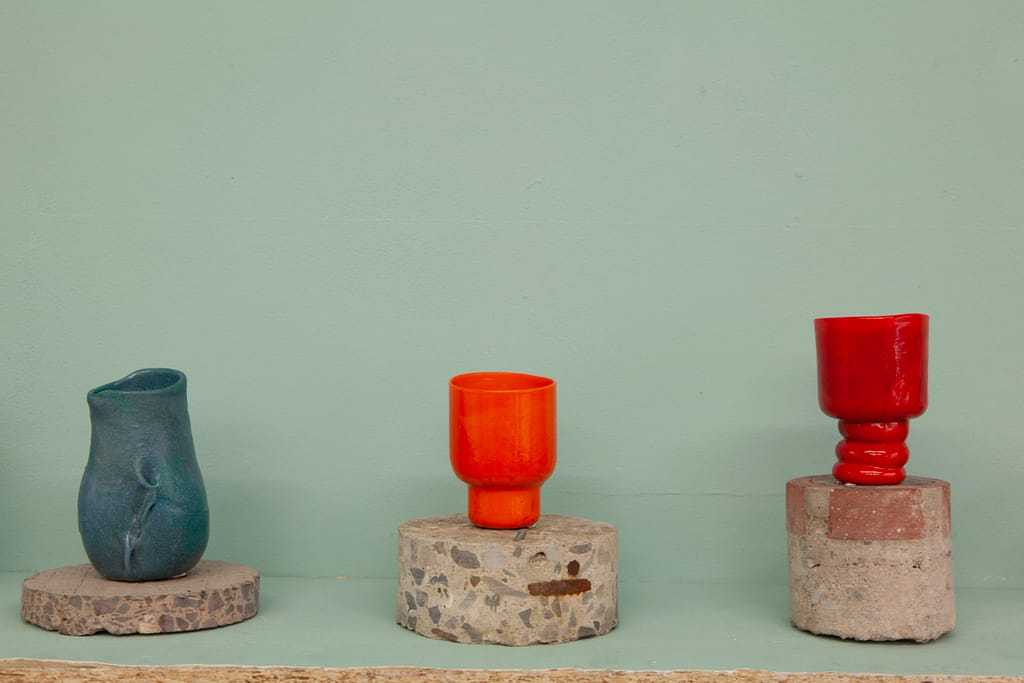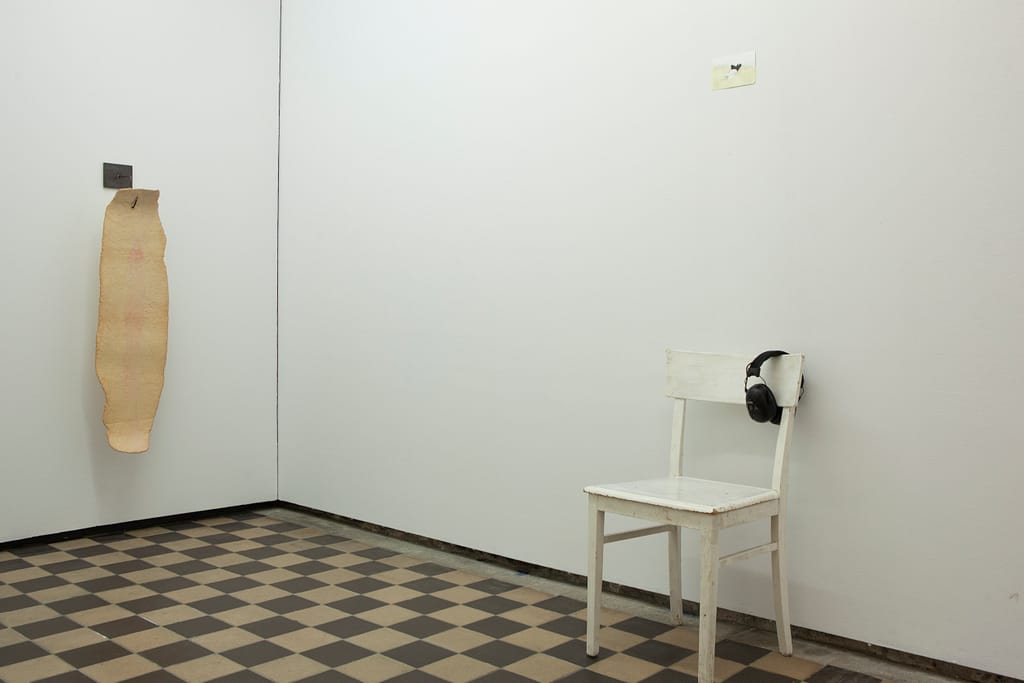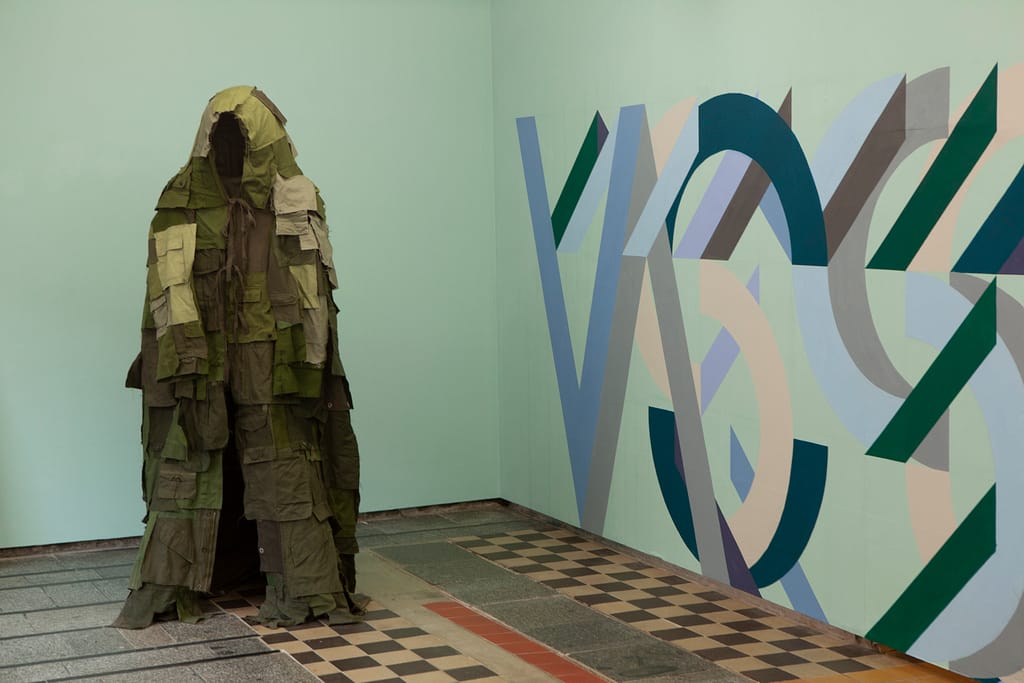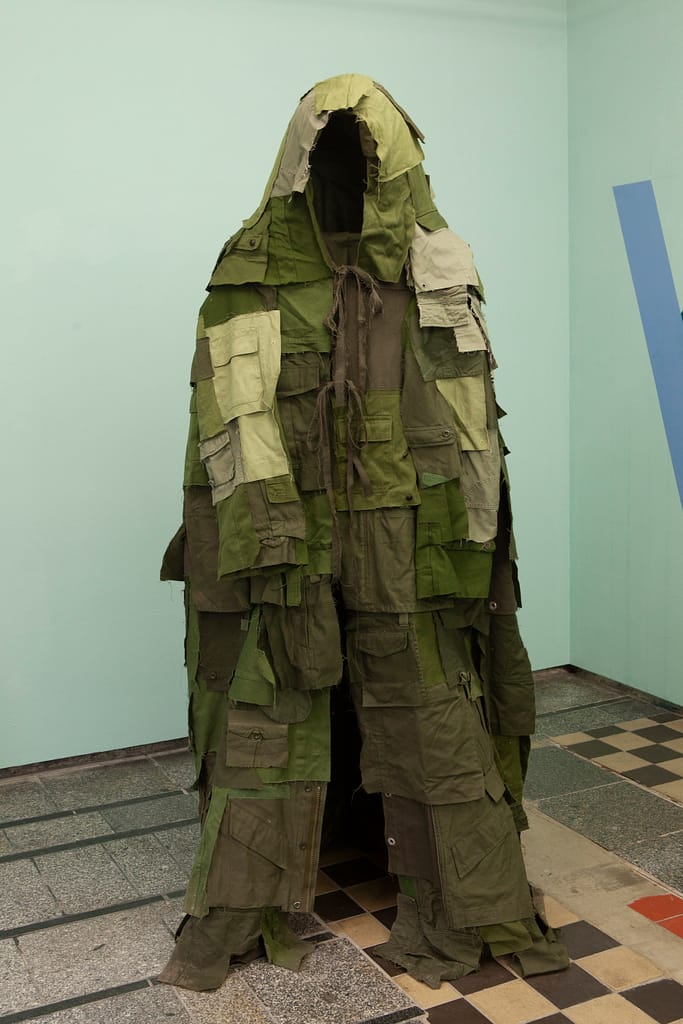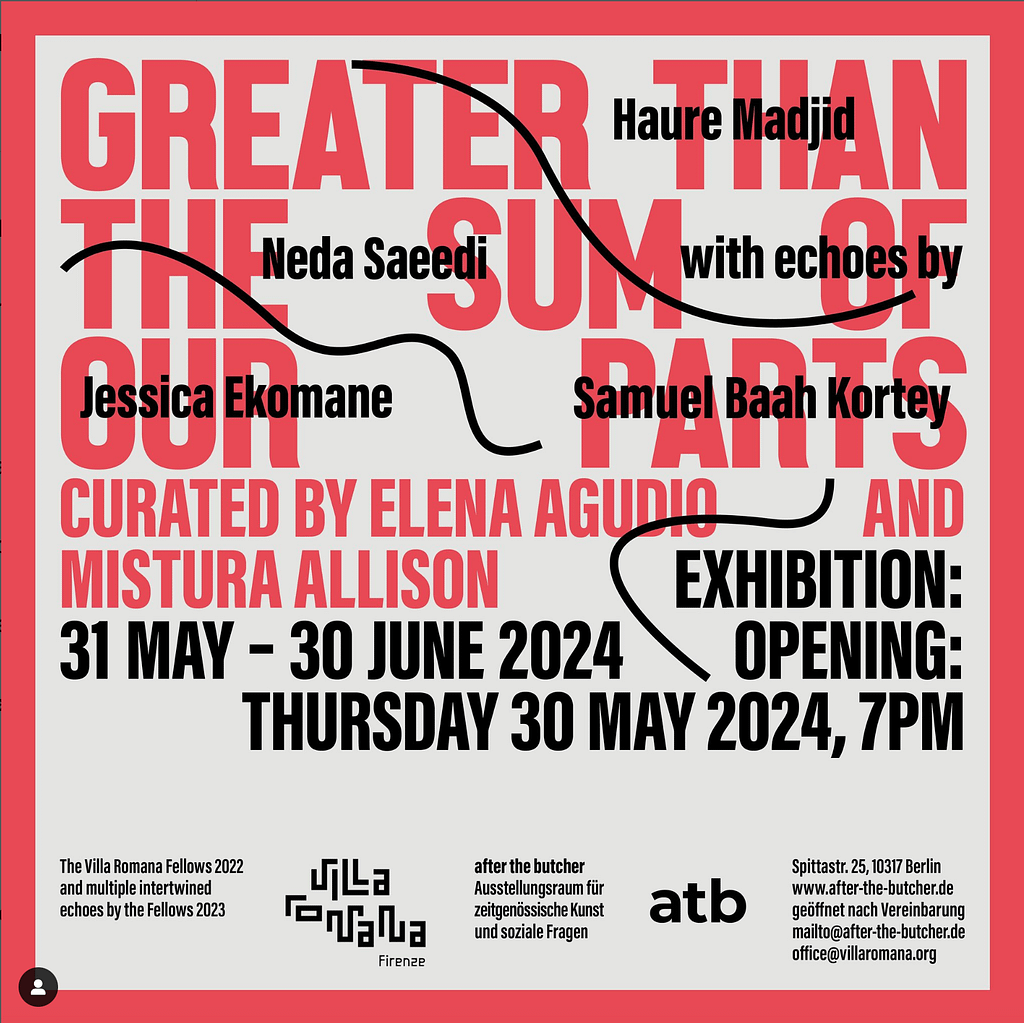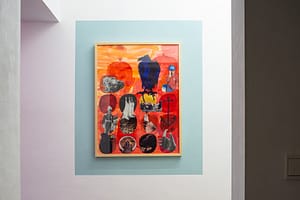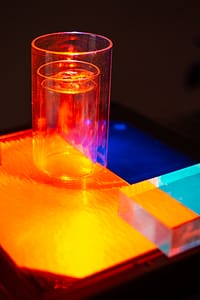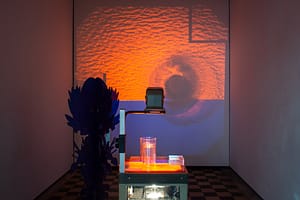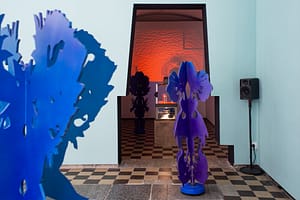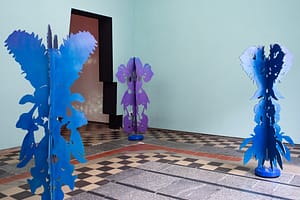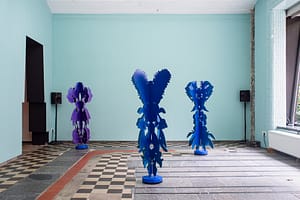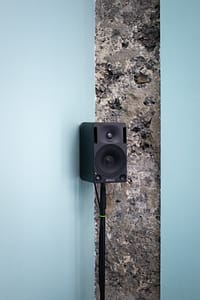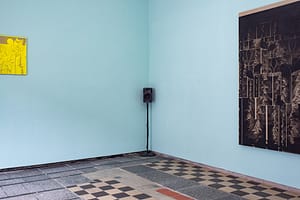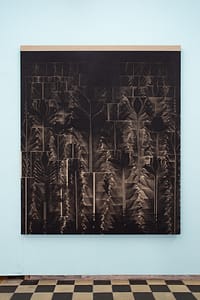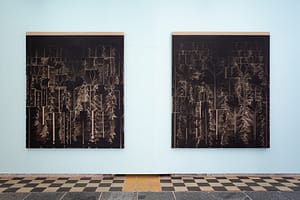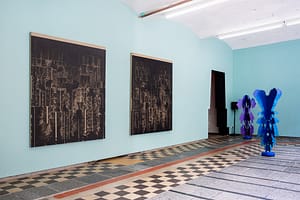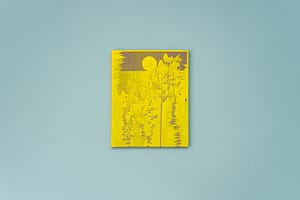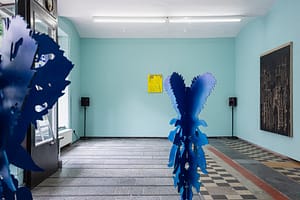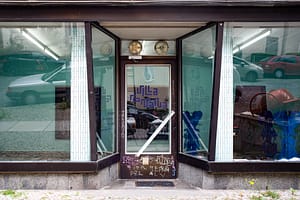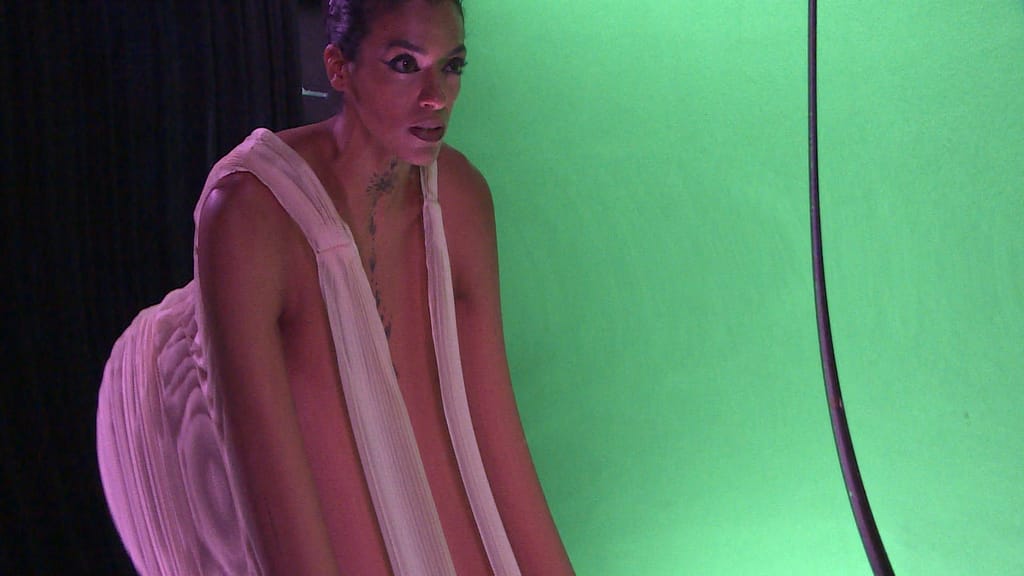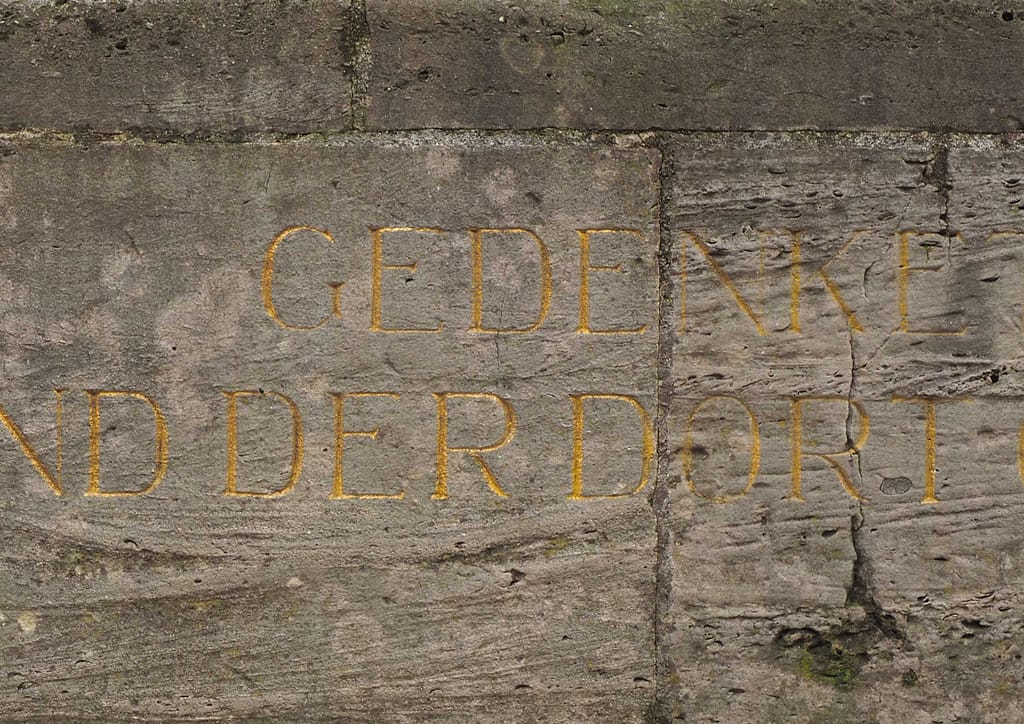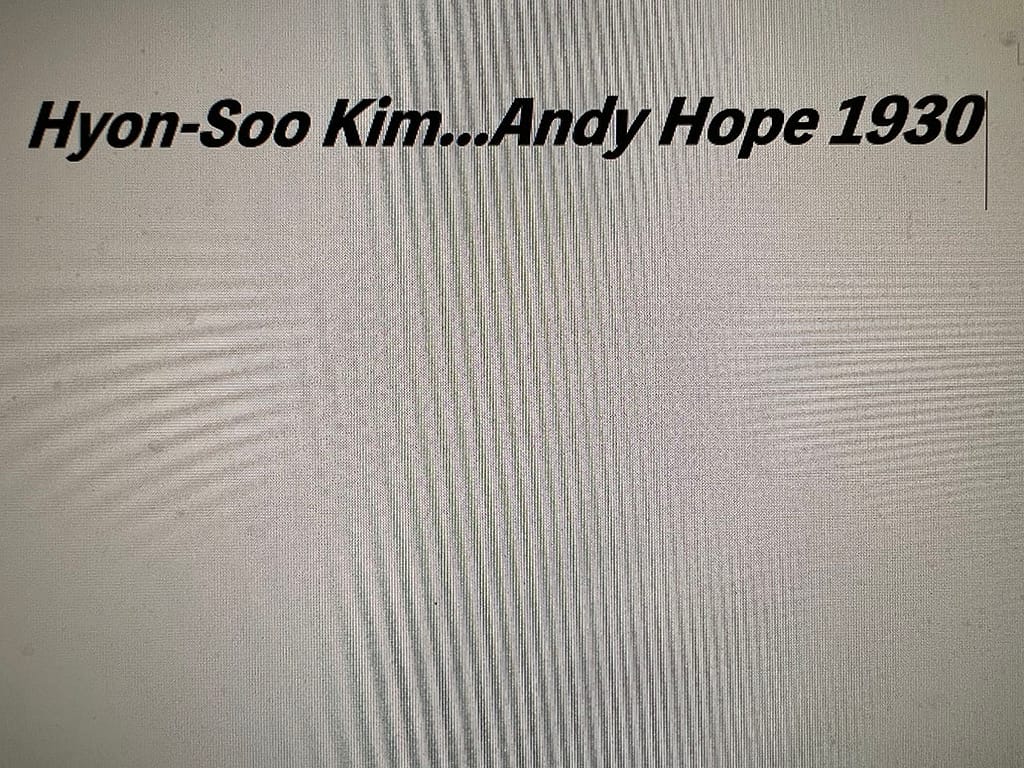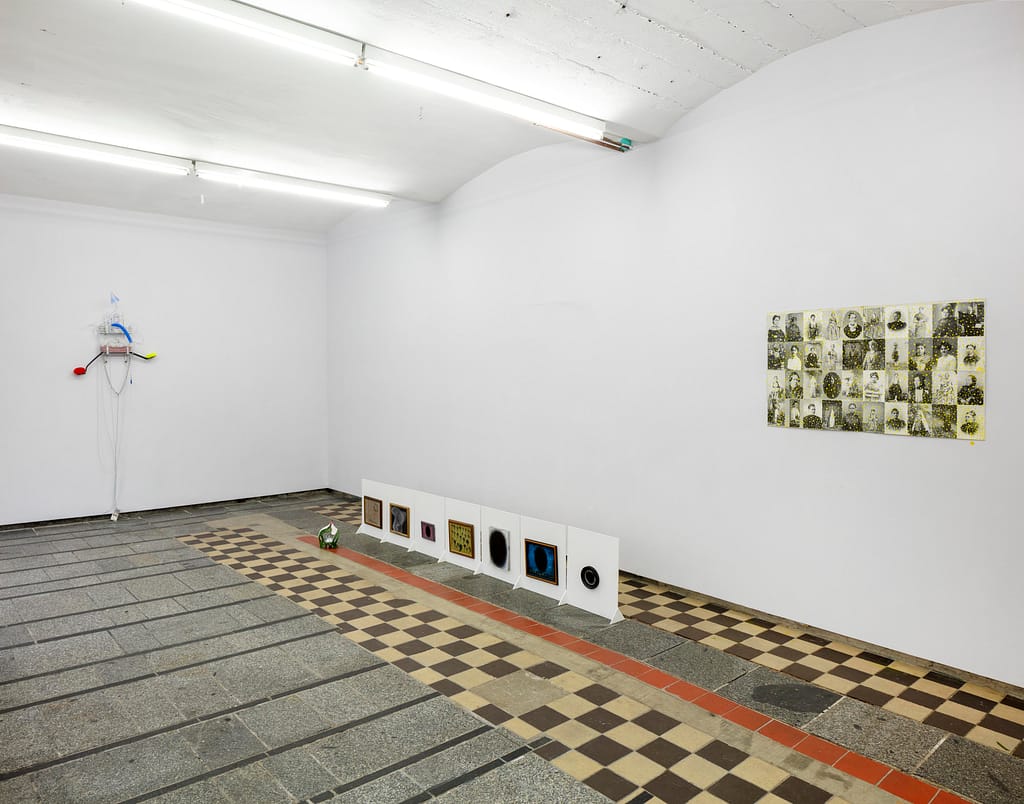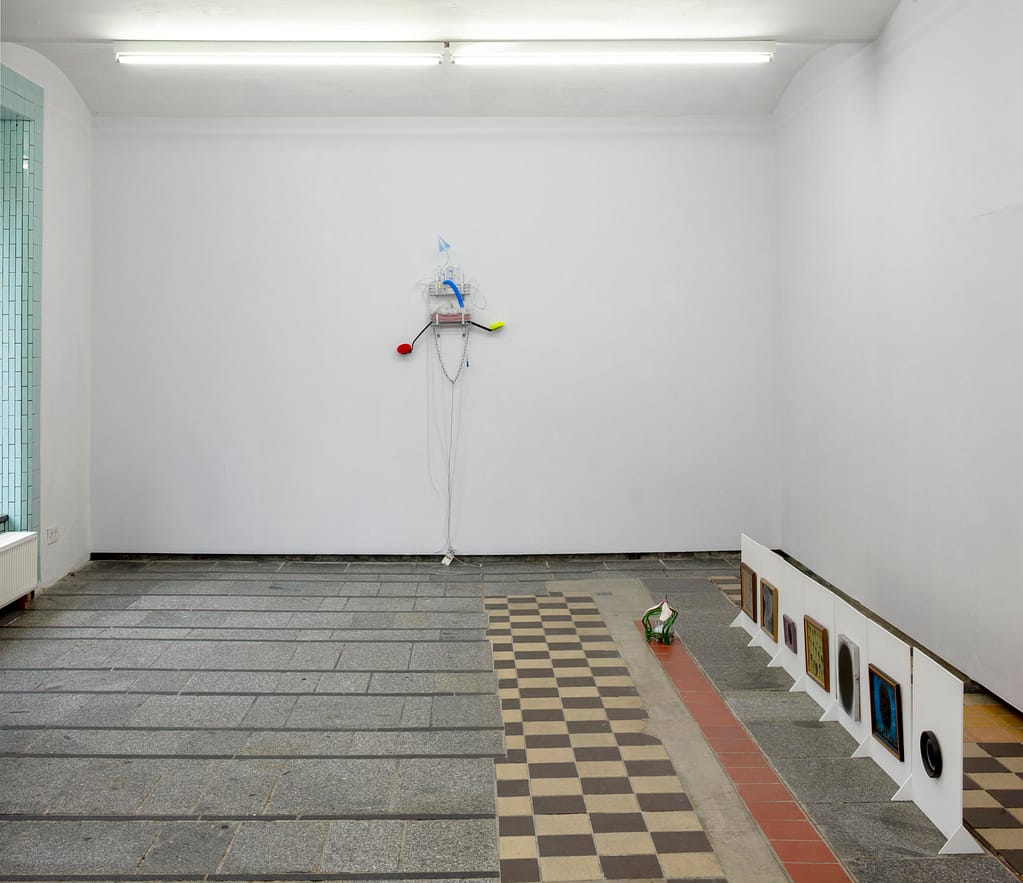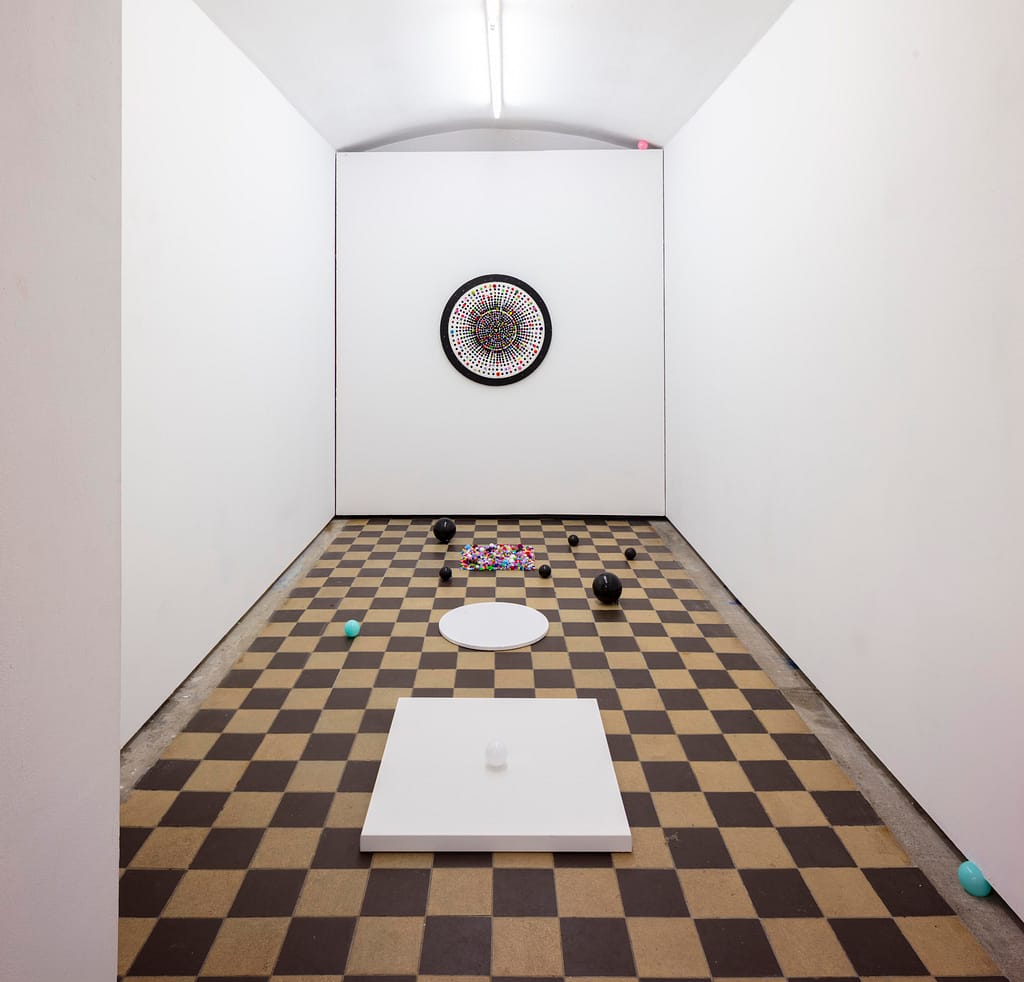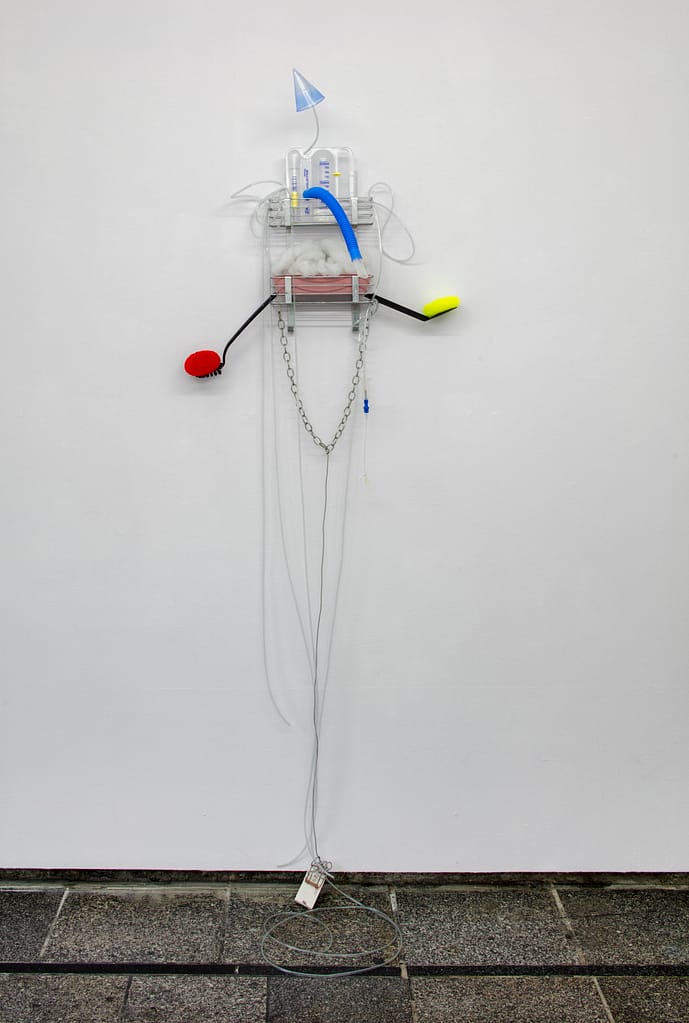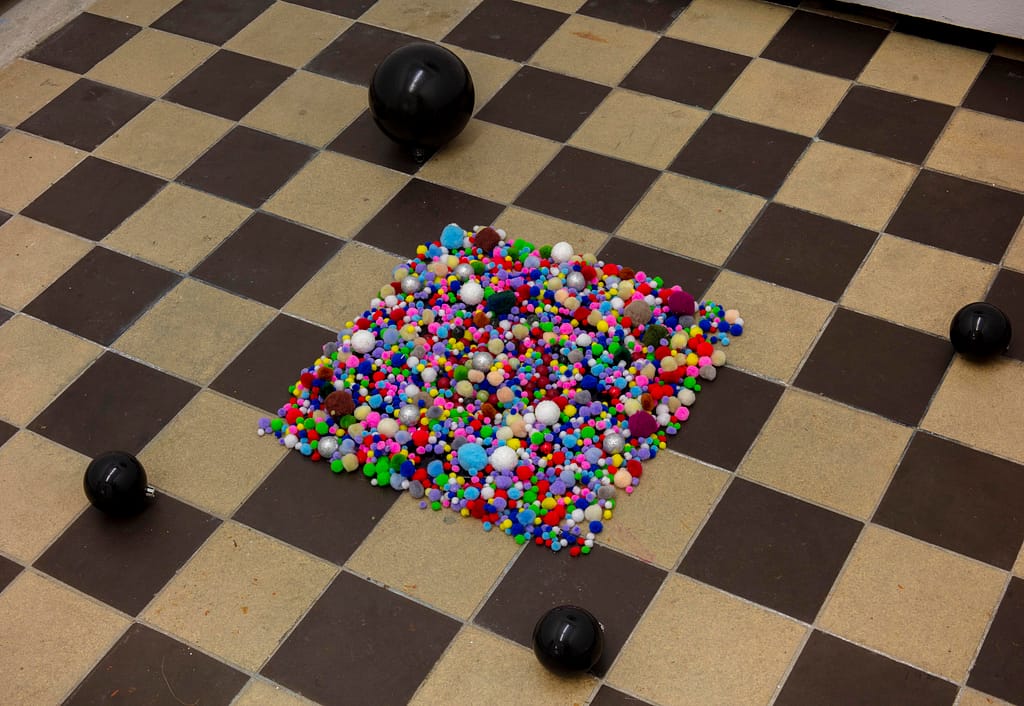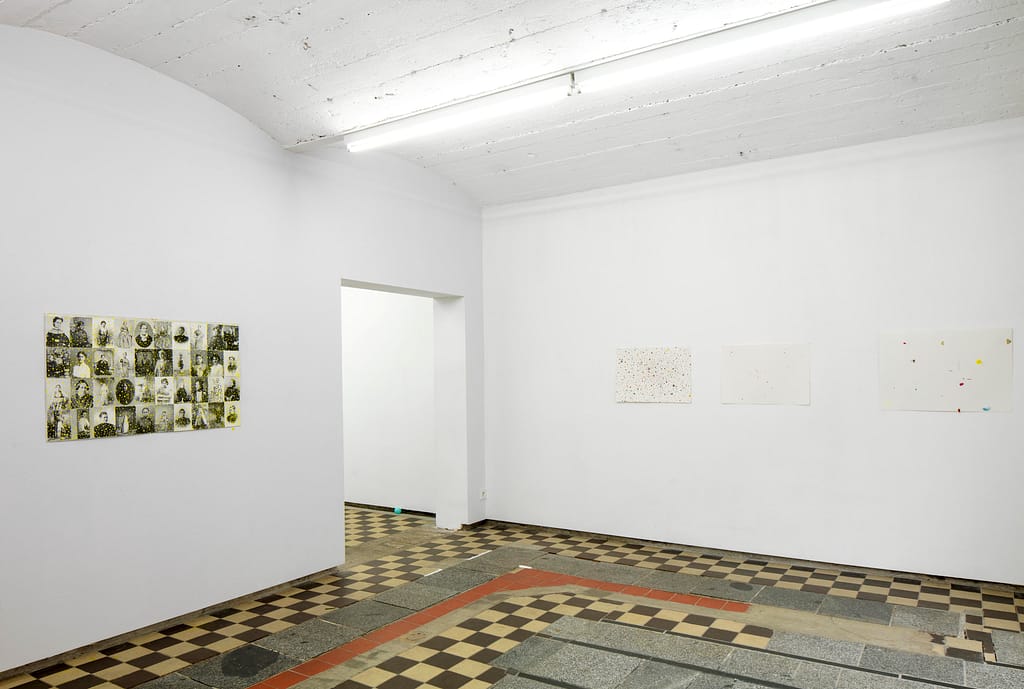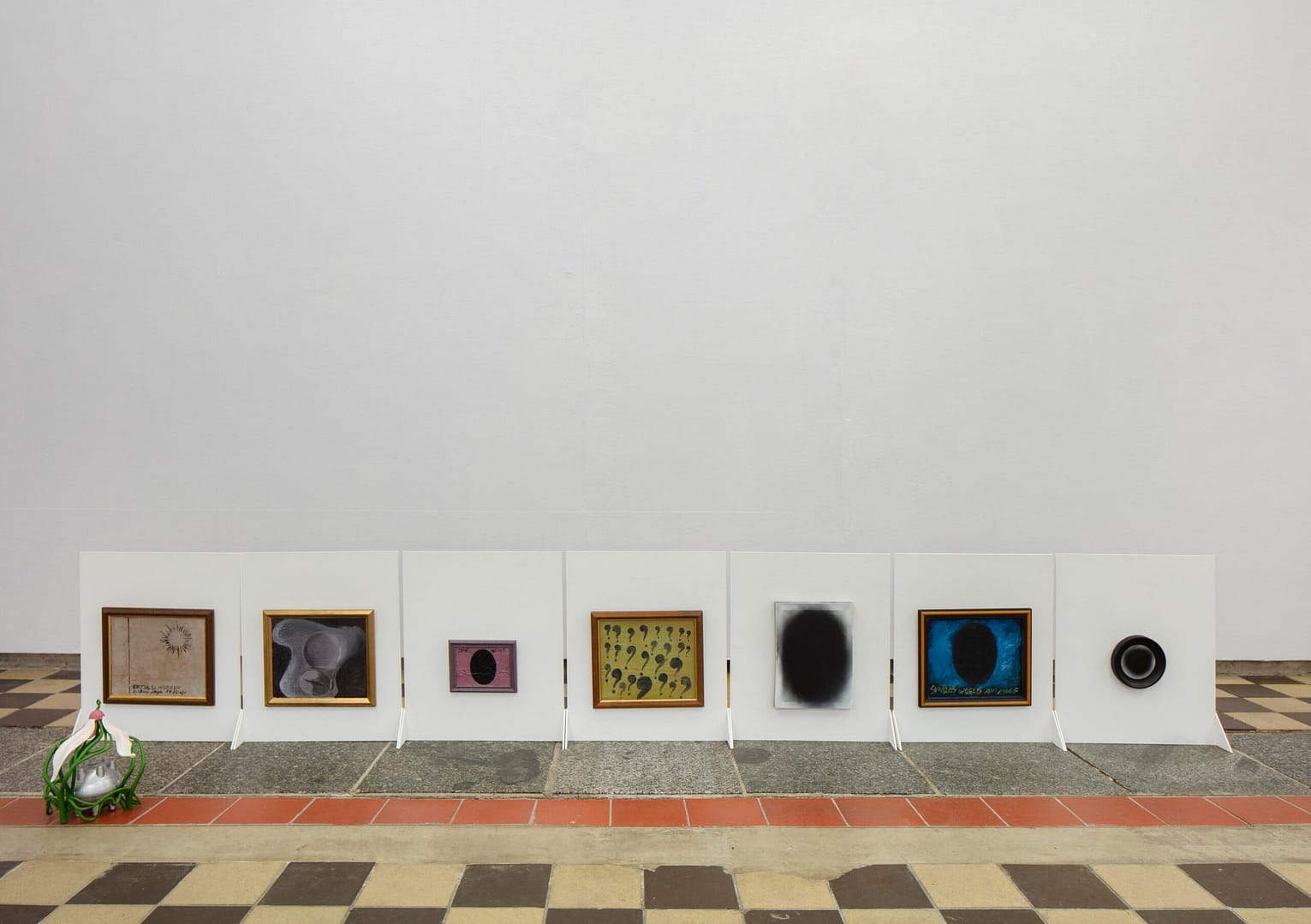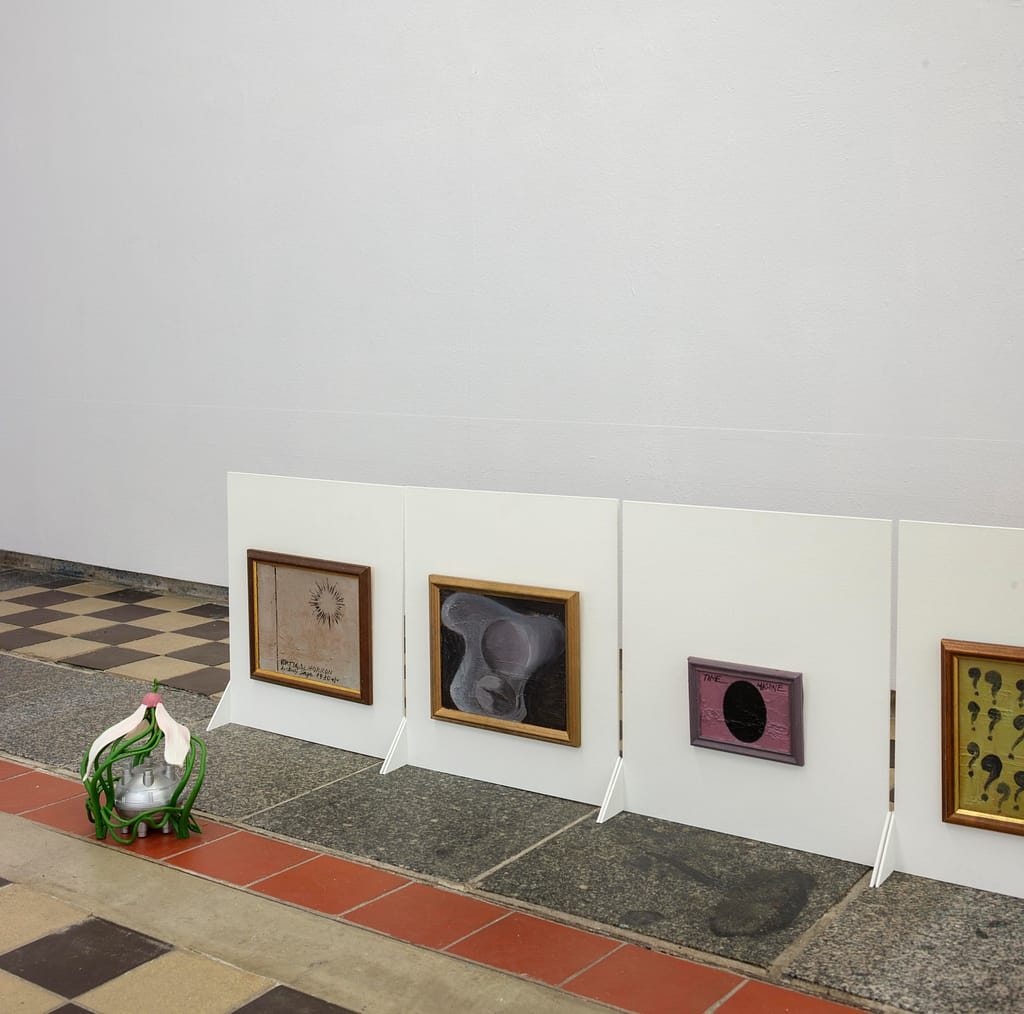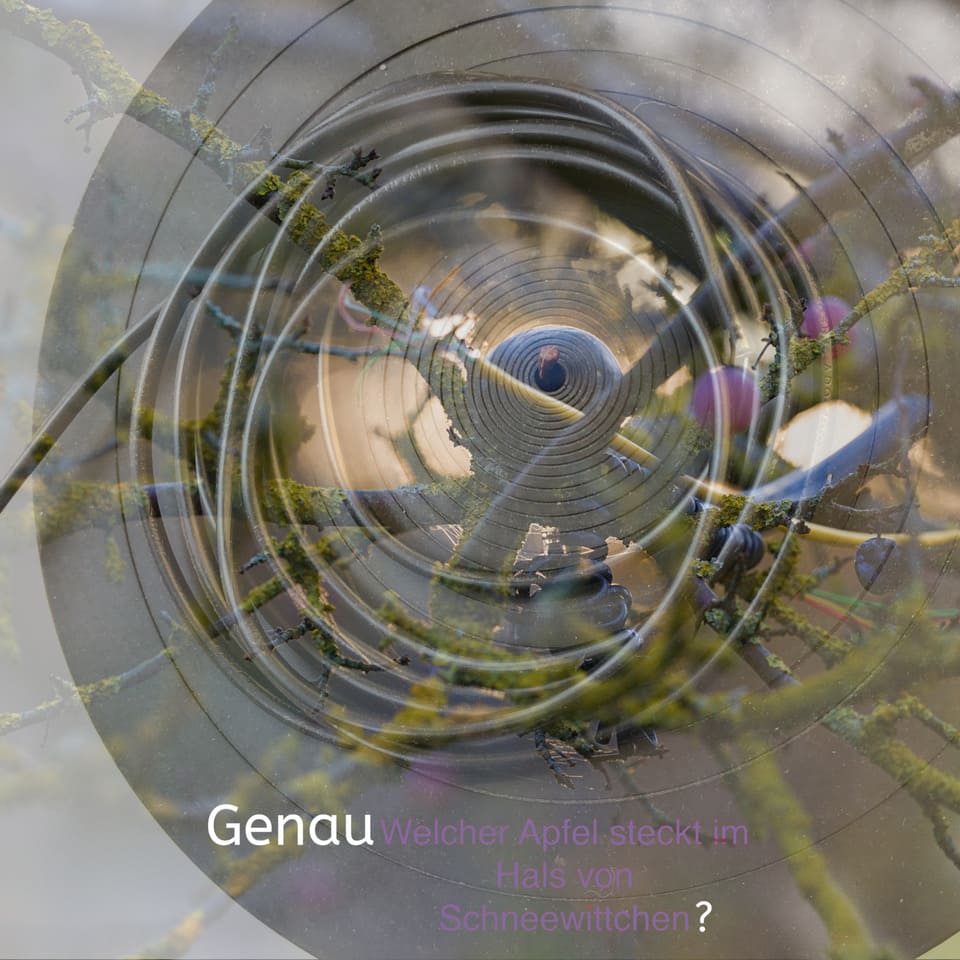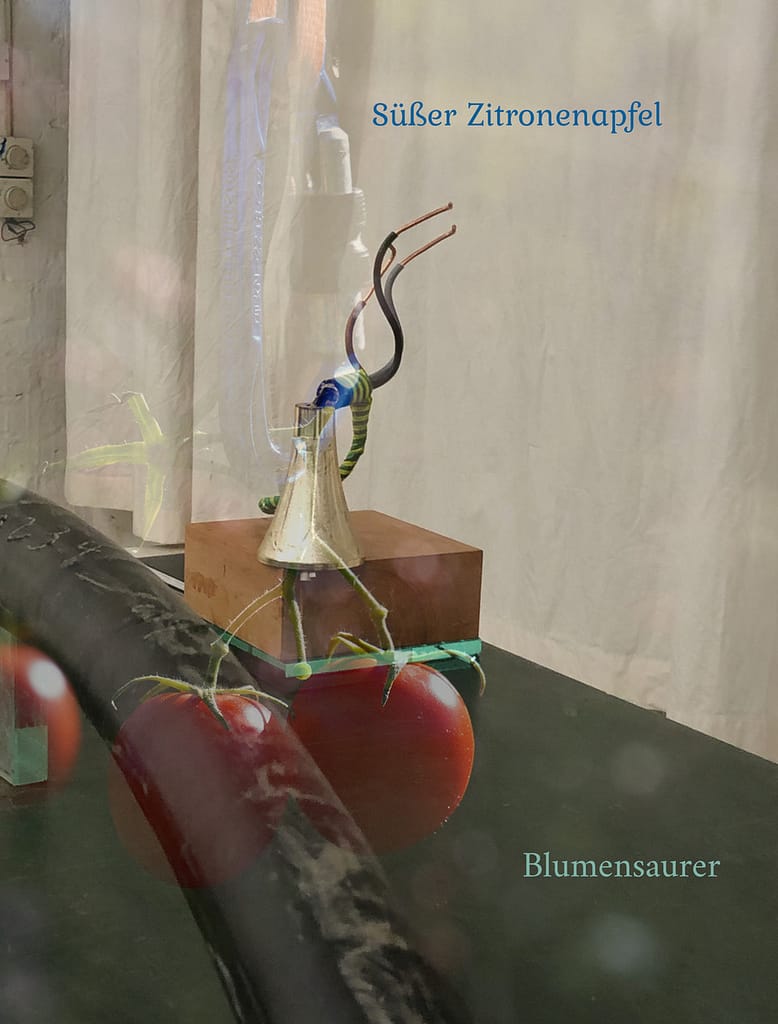Sunday April 13, from 3-6pm: Finissage
Inside, Outside and Beyond
Undine Goldberg, Petra Kübert & Christina Zück, Costantino Ciervo
Welcome!
Friday, 4 April, 7 pm Information and discussion event with the Bürger*innenInitiative A100 (BI A100) as part of our exhibition
We talk to activists from the BI / Citizens’ initiative A100 about the current status of the motorway construction site, 16th construction section from Neukölln to Treptow, about the planning status of the 17th construction section (Ostkreuz) and about the protest on 17 May 2025: ‘A100 wegbassen’.

Exhibition: 8 March to 13 April 2025
open by appointment: 0178 3298 106 or mailto@after-the-butcher.de
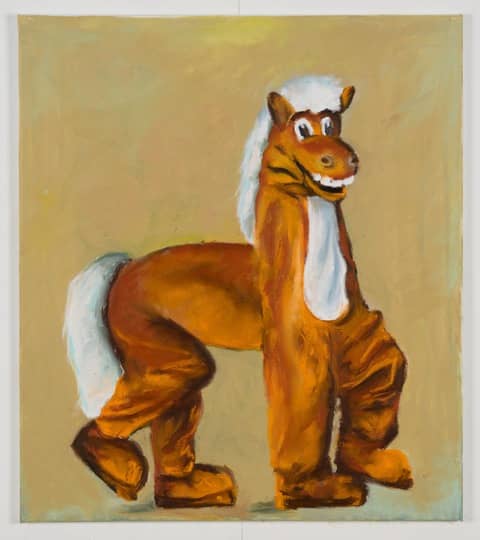

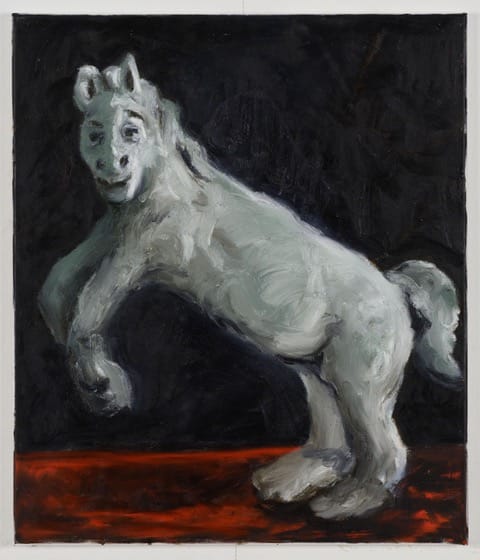

after the butcher – exhibition space for contemporary art and social issues is pleased to present the exhibition Inside, Outside and Beyond, a dialogue between three artistic perspectives that artistically reflect various virulent social issues and conflicts of our time in their own unique way.
With their collaborative project A 100 – Operation Beton (2021-2025), Petra Kübert and Christina Zück explore the question of the social, urban and ecological consequences of building a new motorway in the 21st century in the middle of a metropolis like Berlin and in the midst of an energy and climate crisis. Using various means of artistic research, they approach the colliding viewpoints of a wide range of protagonists and their fears and hopes. Their photographic and video works as well as their audible interviews offer an insight into a dystopian place of transition that produces its own rules and aesthetic manifestations.
Undine Goldberg’s current painting (2025) reflects with irony and depth the relationship between individual identities and the social issues and attitudes of feminism. Her paintings are body images and images of bodies that simultaneously question their representation.
Costantino Ciervo’s Pale-Judea, (2002/2011) is a video sculpture with two constantly moving screens which, like a pair of scales, constantly balance up and down, but at the same time reproduce an argument between two brothers in a continuous loop. The controversy develops along the history and traces of the Israeli-Palestinian conflict. By making two constantly contradictory voices heard, the artist questions the dilemma of a seemingly irresolvable conflict with its numerous historical and political interdependencies.
